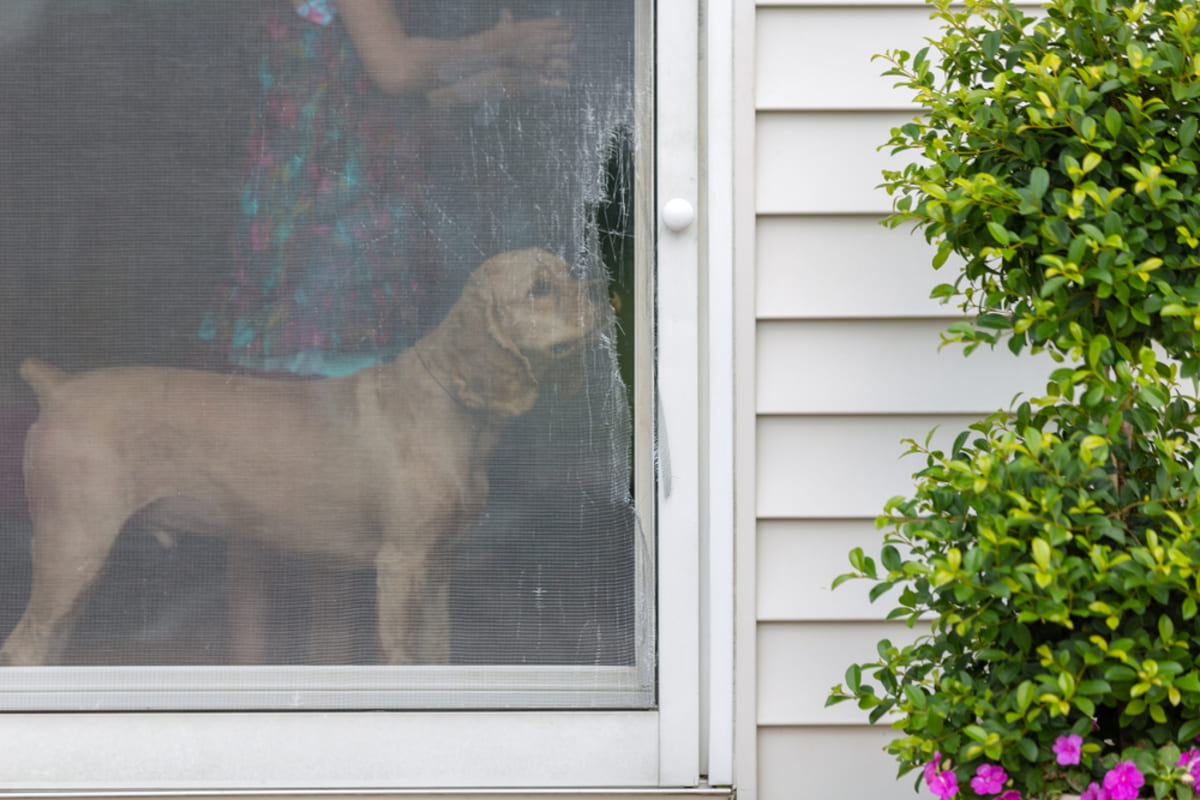Are you a property owner and finding it difficult to decide whether to accept pets in your rental properties? Well, you are not alone. Deciding on a simple pet policy for landlords is one of the most common dilemmas many face.
Pets can be great companions for humans, but some valid concerns may arise when leasing out your property. As a landlord, you want your property's best tenants while ensuring its protection and preservation. But should allowing pets in your rental properties be a deal-breaker?
Let’s explore the pros and cons of incorporating a rental pet policy and help you decide what is best for you as a landlord.
Why Consider Allowing Pets in a Rental Property?
Welcoming pets can have some big advantages for landlords. In many markets, renters are actively searching for pet-friendly homes and are willing to pay a premium to find one.
Here’s how a pet policy can work in your favor:
- Larger tenant pool: More than 70% of U.S. households own pets. Allowing pets gives you access to a bigger, more committed pool of renters.
- Increased rental income: Pet owners are often willing to pay pet rent or non-refundable fees.
- Longer lease terms: Tenants with pets tend to stay put longer to avoid the difficulty of finding another pet-friendly home.
Instead of seeing pets as a liability, many landlords see them as an opportunity to earn more and keep units occupied.
 What Are the Risks of Allowing Pets?
What Are the Risks of Allowing Pets?
Pets are often considered family members and loyal companions, but allowing them in specific spaces can raise concerns. In this section, we will address some common concerns you may have as a landlord if you're considering allowing pets in your rental properties.
Potential Property Damage
One of the main concerns landlords have with allowing pets in their rental properties is the potential for property damage. Pets, mainly young and untrained ones, can inadvertently cause destruction. Common concerns include:
- Chewed baseboards or blinds
- Scratches on doors or floors
- Accidents that stain carpets or leave odors
But this risk can be offset. A pet deposit, non-refundable pet fee, or pet rent can serve as a buffer to cover these costs. Routine inspections and a clear pet agreement also help hold tenants accountable.
Noise Complaints from Neighbors
Pets, especially dogs, can sometimes be a source of noise, potentially leading to complaints from neighbors. Dogs, in particular, may bark, howl, or whimper when bored, lonely, or anxious. This can become a nuisance for nearby residents, mainly if the noise is frequent or occurs at inappropriate times, such as early morning or late at night.
To prevent these issues:
- Limit pets to certain breeds or sizes
- Prohibit pets with known noise concerns
- Require responsible pet behavior in your lease
Clear communication is essential here—tenants should know what’s expected and what could result in a lease violation.
Legal Considerations
There are important legal considerations that must be factored into your pet policy.
Here are a few:
- Local ordinances may limit the number or type of pets allowed.
- Service animals and emotional support animals are not considered pets and must be permitted, even if your policy says “no pets.”
- Landlord liability may apply if a tenant’s pet causes injury or damage.
To stay protected:
- Understand the Fair Housing Act (FHA) and the Americans with Disabilities Act (ADA)
- Require tenants to carry renters' insurance with pet liability coverage
- Clearly define pet expectations in your lease agreement and pet policy
Things to Consider When Allowing Pets in Your Rental Properties
If you decide to allow pets in your rental properties, setting clear policies and guidelines is essential. Here are some key points to consider:
Create a Clear Pet Policy
A clear and comprehensive pet policy will outline the rules and expectations for tenants with pets. The policy should describe the types of pets you will allow, any size or breed restrictions, and the maximum number of pets permitted per unit. Defining what constitutes a "pet" can also help prevent misunderstandings - for example, you may wish to specify that aquarium fish or caged hamsters are not considered pets under the policy.
Specify the Types of Pets You Will and Will Not Allow
While some landlords choose to allow all pets, others may prefer to limit the types of pets permitted. Some common restrictions include banning certain breeds of dogs that are often deemed "aggressive," limiting the size of pets, or prohibiting exotic animals. Be sure to research local laws, as some areas prohibit breed-specific legislation.
Create a Pet Addendum for Your Lease
A pet addendum to your lease agreement is a legal document that details the terms and conditions of allowing a pet in the rental unit. It should include information about the pet deposit, additional pet rent, and what happens if a pet causes damage. The addendum should also state that the tenant will be responsible for any harm the pet causes to others.
Enforce the Rules
Enforcing the pet policy is crucial. This includes penalties for residents who bring a pet onto the property without permission. Depending on the severity of the violation, the penalties could range from fines to eviction. Be sure to communicate these potential penalties to all tenants.
Consider a Higher Rental Rate
To offset the potential extra wear and tear caused by pets, you may charge higher rent for tenants with pets. This could be a flat fee per month or an additional amount per pet. Remember to ensure that any charges are reasonable, lawful, and spelled out in your pet addendum.
By keeping these points in mind, you can create a pet-friendly environment that benefits you and your tenants while ensuring your property is protected.
Understand the Difference Between Pets, Service Animals, and Emotional Support Animals
Landlords must understand that service animals and emotional support animals are not considered "pets" under the law. Service animals are trained to perform specific tasks for individuals with disabilities, while emotional support animals provide comfort or emotional support to their owners. According to laws in many jurisdictions, landlords must allow these animals on their properties, even if a general "no pets" policy is in place.
This is considered a reasonable accommodation for tenants with disabilities. Therefore, your pet policy should clearly distinguish between pets and these types of assistance animals. It should also align with fair housing laws and regulations to avoid potential legal issues.
 Developing a Comprehensive and Beneficial Rental Pet Policy
Developing a Comprehensive and Beneficial Rental Pet Policy
While allowing pets in your rental properties comes with challenges and considerations, the benefits often outweigh the risks. A pet-friendly policy can attract a larger pool of potential tenants, provide the possibility to charge higher rent and fees, and result in longer tenancies with fewer vacancies. Concerns over potential property damage, noise complaints, and legal considerations can be managed with a clear pet policy, a comprehensive lease addendum, and a thorough understanding of local laws and regulations.
At RW BW Metro, we aim to simplify this process by providing expert advice and practical solutions. With our experience in managing rental properties, we can help you implement a pet-friendly policy that maximizes your returns while minimizing potential risks. Whether you're new to property rentals or a seasoned landlord, partnering with RW BW Metro can help you navigate the complexities of allowing pets in your rental properties easily and confidently.
For more information and help, contact us today!

